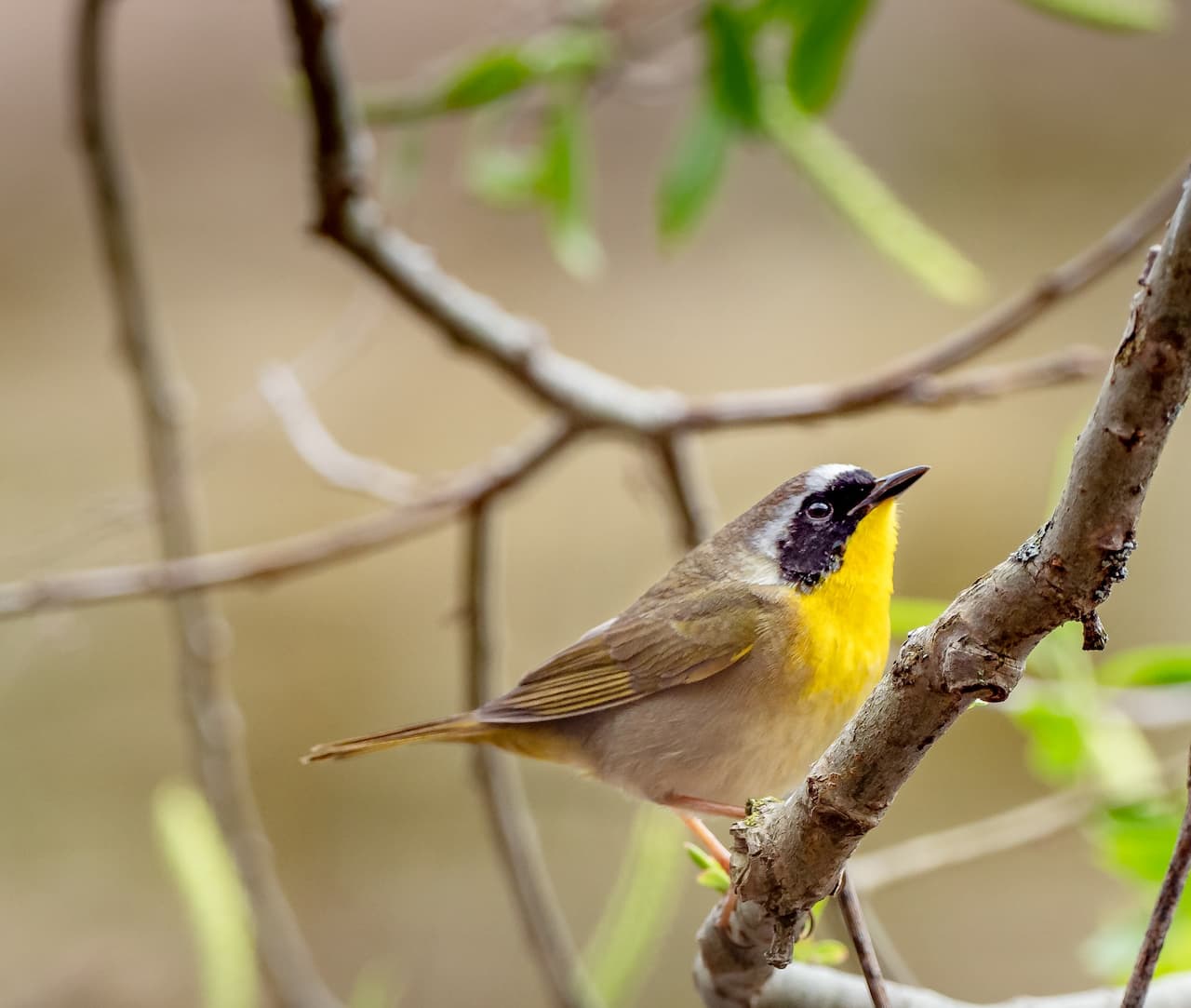Wilson’s Storm-Petrels (Oceanites oceanicus)
The Wilson’s Storm-petrels (Oceanites oceanicus), also known as Wilson’s Petrel, is a small seabird of the storm-petrel family . It is one of the most abundant bird species in the world. The name commemorates the Scottish-American ornithologist Alexander Wilson.
Distribution / Range
The Wilson’s Storm-petrel breeds on the Antarctic coastlines and nearby islands such as the South Shetland Islands. It nests in colonies close to the sea in rock crevices or small burrows in soft earth and lays a single white egg.
This storm-petrel is strictly nocturnal at the breeding sites to avoid predation by gulls and skuas, and will even avoid coming to land on clear moonlit nights. Like most petrels, its walking ability is limited to a short shuffle to the burrow.
The Wilson’s Storm-petrel spends the rest of the year at sea and moves into the northern oceans in the southern hemisphere’s winter. It is much more common in the north Atlantic than the Pacific.
It is strictly pelagic outside the breeding season, and this, together with its remote breeding sites, makes Wilson’s Petrel a difficult bird to see from land. Only in severe storms might this species be pushed into headlands.
The Wilson’s Storm-petrel is common off eastern North America in the northern summer and the seasonal abundance of this bird in suitable European waters has been revealed through pelagic boat trips, most notably in the area of the Isles of Scilly, Great Britain.
Description
The Wilson’s Storm-petrels is a small bird, 16-18.5 cm in length with a 38-42 cm wingspan. It is slightly larger than the European Storm-petrel.
It is essentially dark brown in all plumages, except for the white rump. It differs from that species by its pale bar on the upper wing, plain underwings, and longer legs.
It has a more direct gliding flight than Storm Petrel but shares the habit of pattering on the water surface as it picks planktonic food items from the ocean surface, though with more upraised wings.
Like European Storm-petrel, it is highly gregarious, and will also follow ships. A soft peeping noise is often heard while the birds are feeding.
Status
Widespread throughout its large range, the Wilson’s Storm-petrels is evaluated as the Least Concern on the IUCN Red List of Threatened Species.
Trivia
- The Wilson’s Storm-petrel is the mascot of Oglethorpe University.
References
- BirdLife International (2004). Oceanites oceanicus. 2006. IUCN Red List of Threatened Species. IUCN 2006. Retrieved on 12 May 2006. Database entry includes justification for why this species is of least concern
- Harrison, Peter (1996). Seabirds of the World. Princeton: Princeton University Press. ISBN 0-691-01551-1.
- Bull, John; Farrand, Jr., John (April 1984). The Audubon Society Field Guide to North American Birds, Eastern Region. New York: Alfred A. Knopf. ISBN 0-394-41405-5.


